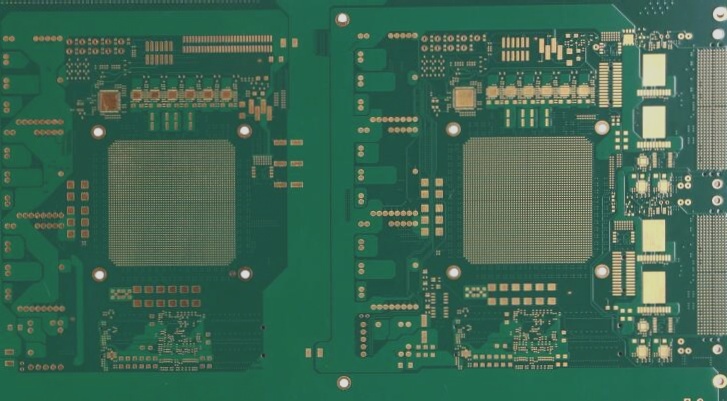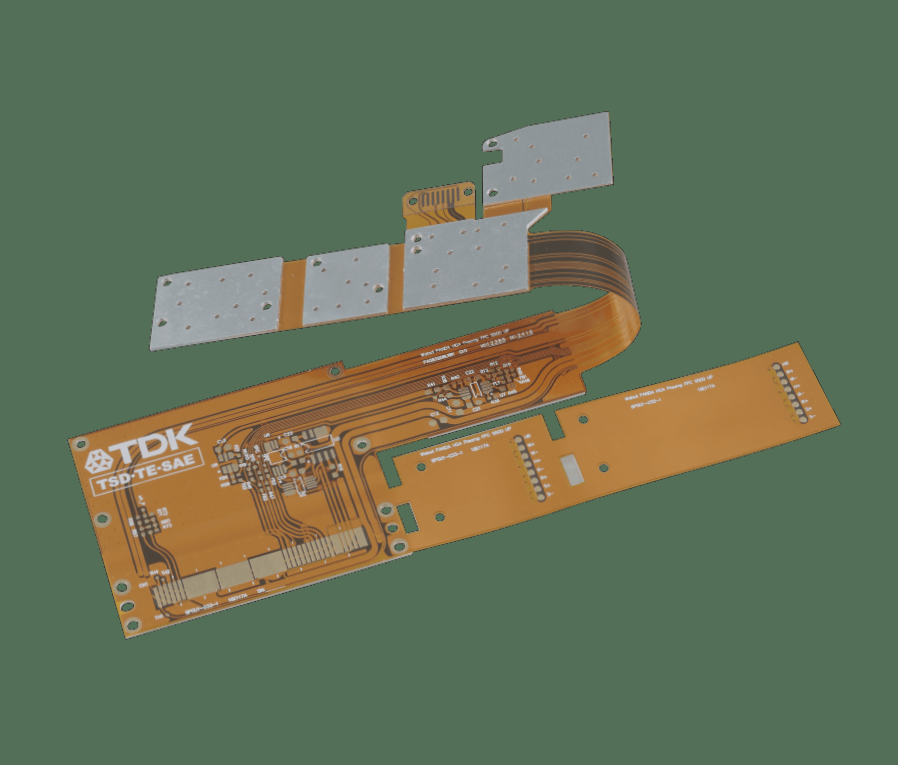This is how to create your own printed circuit board
Introduction to PCB Assembly Services
Printed circuit boards (PCBs) are essential components in modern electronic devices. Learn about the process of creating a PCB from scratch:
- The PCB substrate is a rigid, non-conductive material coated with a thin layer of copper foil. Engraved wiring provides electrical connectivity, forming a mesh-like pattern.
- During PCB assembly services, wires are carved differently from the PCB itself. PCBs are typically brown or green to match the color of the insulating solder paint.
- Once the substrate is coated and wired, the circuit board is ‘printed’ onto the metal conductor.
- Drill holes and attach components, ensuring internal layers are connected through plated holes.
- Be cautious of chemical changes in the substrate when heated and protect light-drawn wires from touching the plate.
- Mark each component on the PCB for accurate positioning.
Further Reading: Choosing the Right Materials for a PCB
Test your PCB for short circuits and functionality before use. Conduct electronic and optical tests to ensure proper operation.
Designing a PCB on your own is achievable with the right guidance. For additional assistance, visit WellCircuits Electronics for expert tips and updates.




